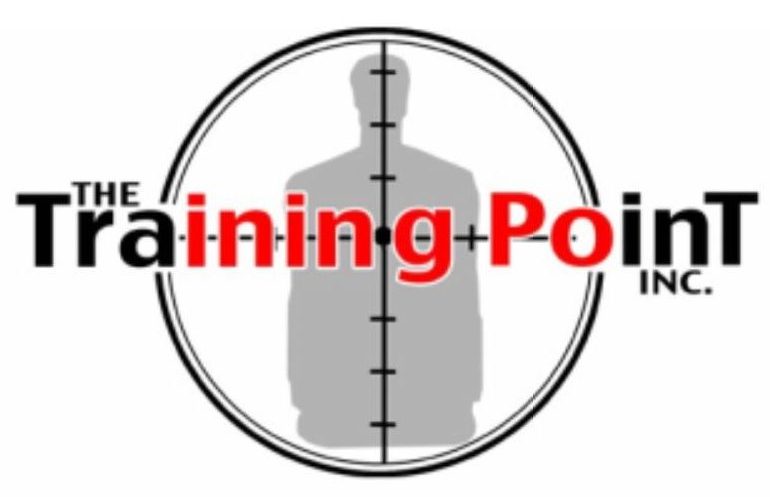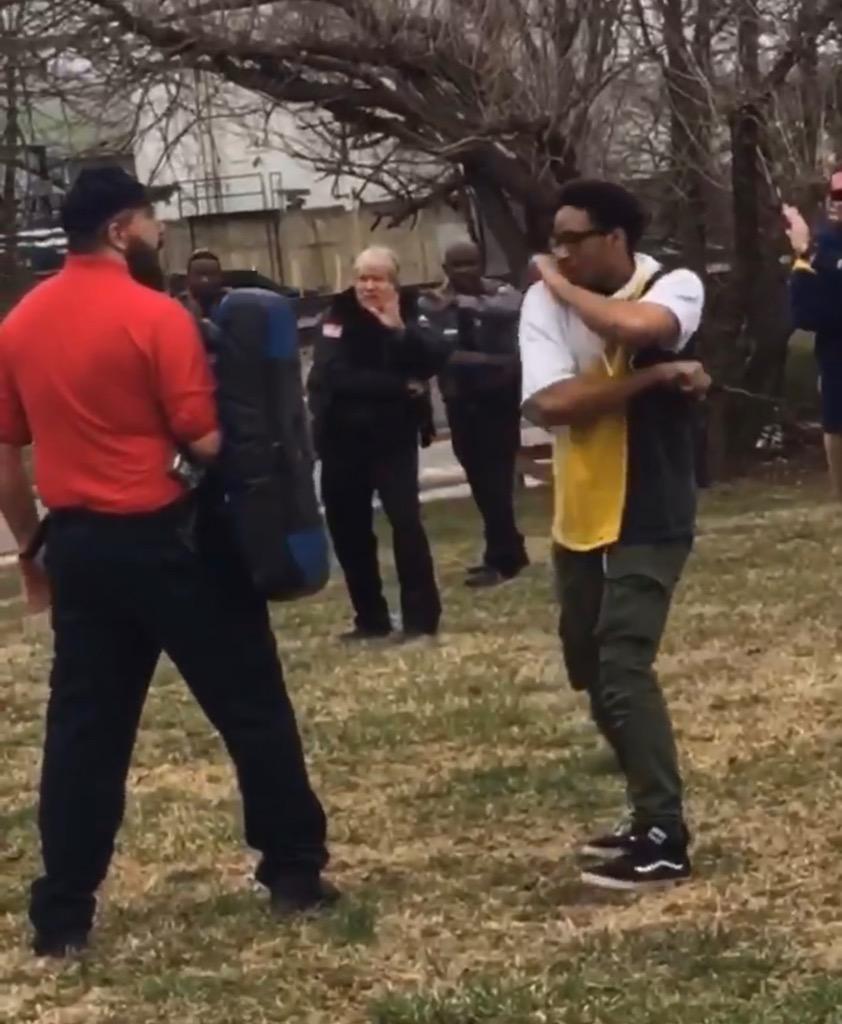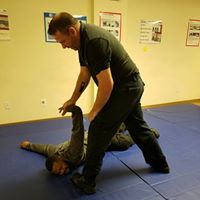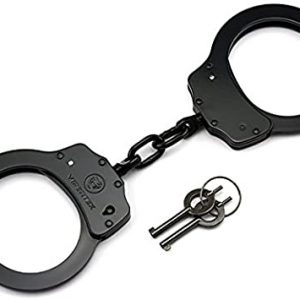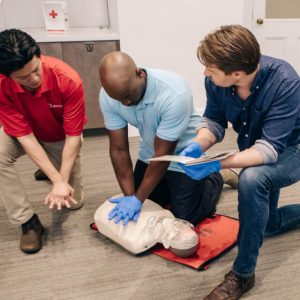Description
Classes are available, but please call us for more information.
These classes are for only for those working Law Enforcement / Military / Corrections / Security
THE BATON CONTROLLING TECHNIQUE
One of the most requested courses by the Safariland Training Academy, the MEB (Monadnock Expandable Baton) Instructor Course is a two-day class. It covers defensive tactics with the baton, how to block, how to strike, and how to control the subject.
“We’re really the only baton program that highlights the baton controlling technique as a primary baton technique,” says David Standen, Safariland Training Course Master Instructor. Standen has been teaching defensive tactics courses for over 35 years, and brings 27 years’ experience as a police officer in Springfield, Massachusetts to the programming.
The benefit to the baton controlling technique is that it contributes to the de-escalation of police use of force. After the baton has been used as an impact tool to stop an individual from fighting, the officer can control the person’s arm using the baton controlling technique while the baton is still in hand.
The advantage is three-fold. One, the officer doesn’t need to continue using the baton as an impact tool once the subject has been stopped. Two, the officer doesn’t have to holster the baton and switch to an empty-hand controlling technique, which takes time. And three, the officer has the advantage of leverage, and can use that against someone who’s bigger and stronger, instead of pure strength.
